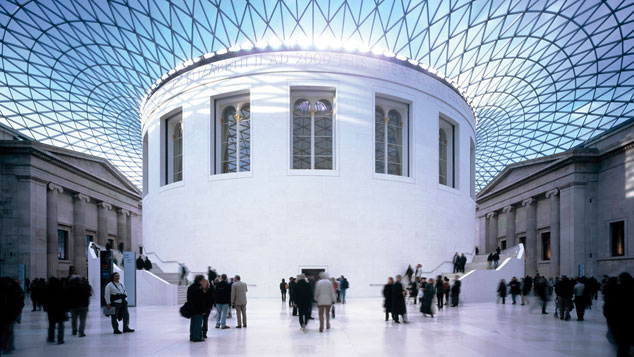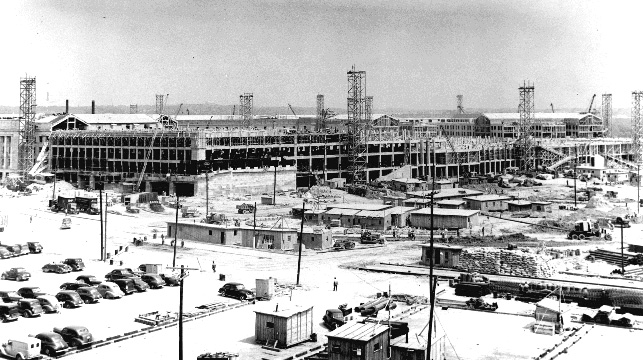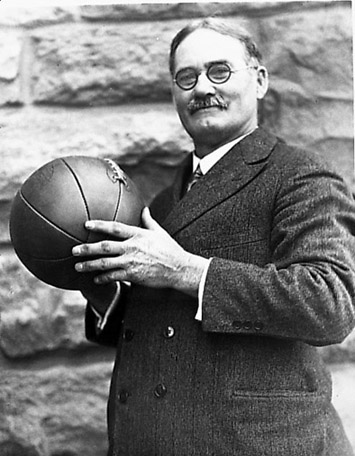The British Museum opens to the public
The British Museum is one of the world’s largest and most comprehensive museums, dedicated to human history, art, and culture. It is located in London, United Kingdom, and was established in 1753. The museum’s founding collections were largely based on the collections of the physician and scientist Sir Hans Sloane.
Collections: The museum houses a vast and diverse collection of over 8 million works, spanning over two million years of human history. The collections cover various cultures and civilizations from different parts of the world, including ancient Egypt, Greece, Rome, the Middle East, Asia, Africa, the Americas, and more.
Great Court: The Great Court is the largest covered public square in Europe and serves as the main entrance to the museum. It was redesigned and opened in 2000, featuring a stunning glass roof designed by architect Sir Norman Foster.
Rosetta Stone: One of the most famous artifacts in the museum is the Rosetta Stone, a key linguistic tool that played a crucial role in deciphering ancient Egyptian hieroglyphs. It was discovered in 1799 and has been on display at the British Museum since 1802.
Elgin Marbles: The museum is also home to the Elgin Marbles, a collection of classical Greek marble sculptures that once adorned the Parthenon and other buildings on the Acropolis in Athens. The controversy surrounding their acquisition and ownership remains a subject of debate.
Special Exhibitions: In addition to its permanent collection, the British Museum hosts temporary exhibitions that focus on specific themes, time periods, or regions.
Educational Programs: The museum is committed to education and offers a range of educational programs and resources for schools, families, and adults. It also provides extensive online resources for remote learning.
Research and Conservation: The British Museum is actively involved in research and conservation efforts. Its staff works to study and preserve the artifacts in its care.
Accessibility: The museum is free to enter, making its collections accessible to a wide audience. It relies on donations, grants, and sponsorships for funding.



